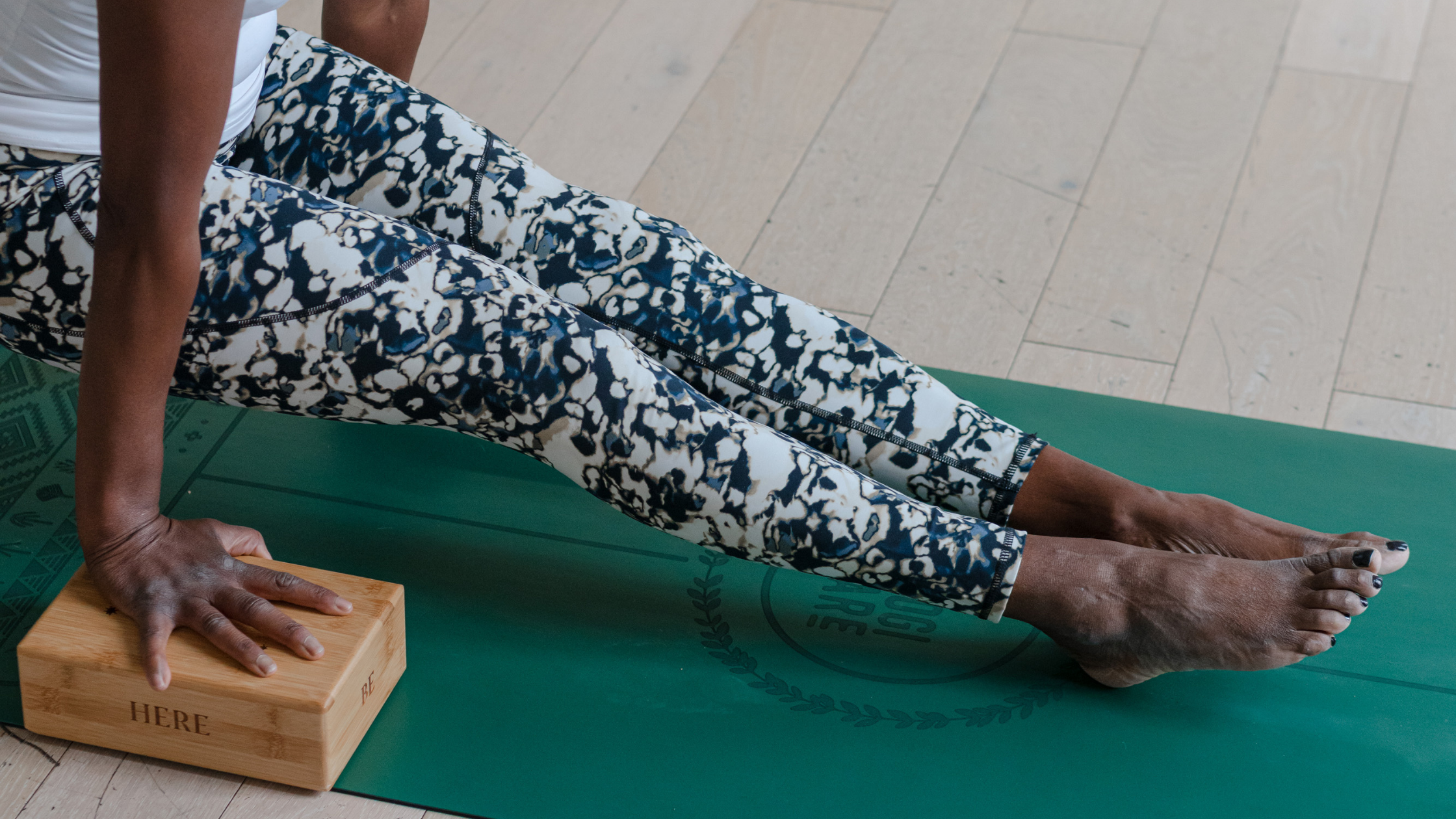Yoga blocks are a must-have for any yogi bear at a yoga class. They're like swiss army knives, you can do so much with them and you will not regret the (very small) investment!
There are a few different types of yoga blocks, and you're going to want to pick the one that best suits your practice and your goals.
Different block materials
-
Foam yoga blocks: These are softer than the other two types that we'll be going through. We definitely recommend these for beginners as they may be more comfortable to use in supportive postures.
-
Wood yoga blocks: The original yoga blocks were in wooden form. But today, they are usually made from bamboo. These yoga blocks practically last forever and are very sturdy.
Like the most innovative tools out there, the simplicity of their design is what makes them perfect for almost anything related to your yoga practice.
Here are some ways anyone, from yoga beginners to yoga pros, can use yoga blocks and why you need to take one to your next yoga class.
Support Tight Hips and Knees
One way to use a yoga block is to sit on one (or two) during poses that require your sit bones to be on the mat. Examples are Hero Pose (Virasana) or Pigeon Pose (Eka Pada Rajakapotasana).
Men especially have tight hips, so stacking one or two blocks on top of each other so that you don't injure yourself trying to force your sit bones down is perfectly acceptable. Even yoga teachers do this. Moreover, if you feel the tension in your knees during seated poses that require your knees to touch the mat (such as Head-to-Knee Forward Bend) or even during poses where you are meant to be in a simple sitting position, yoga blocks can really help.
Help Find Your Balance in Standing Poses
Beginners can have a particularly difficult time finding their balance in standing hands-to-floor poses. Even for seasoned practitioners, there are always days that feel a bit more off-kilter and uncentered than usual.
Half Moon Pose (Ardha Chandrasana) is a particularly tricky pose that requires you to have one arm on the ground, and one leg parallels to the mat while opening the front side of your body, gazing at your opposite arm lifted straight up above you.
Use a yoga block as a shortcut to the floor. Also, if you can't get your head to touch the floor in Wide-Legged Forward Bend (Prasarita Padottanasana), you can put the yoga block on the floor to add height.
Add Extra Length
If you are extra flexible and can touch your toes, or even bind your hands and wrists around your feet in Seated Forward Bends (Paschimottanasana), you can use a yoga block to extend your reach and challenge yourself. By placing the wide side of the block against the soles of your feet, you add extra length. If even that isn't enough, you can vary the angles to the 6- or 9- inch dimensions.
To Fine Tune Your Poses
A block can be placed in between the thighs to ensure that the legs are properly aligned in poses like Bridge Pose (Setu Bandasana) or Wheel Pose (Urdhva Dhanurasana), where the tendency is for your legs to splay out to the sides. It can even be used in more basic poses like Plank Pose (Chaturanga Dandasana) and Downward Facing Dog (Adho Mukha Svanasana) to make sure that the legs are active at all times.
Here at Yogi Bare, we have two types of yoga blocks so you can get your paws on the perfect accessory for you. The Bamboo Support Block offers unique support for a unique practice, solid in its structure that can fully support your body weight. Our Firm Foam Support Block, on the other hand is a little softer and offers more gentle support for your spine and pelvis in restorative poses.


Leave a comment